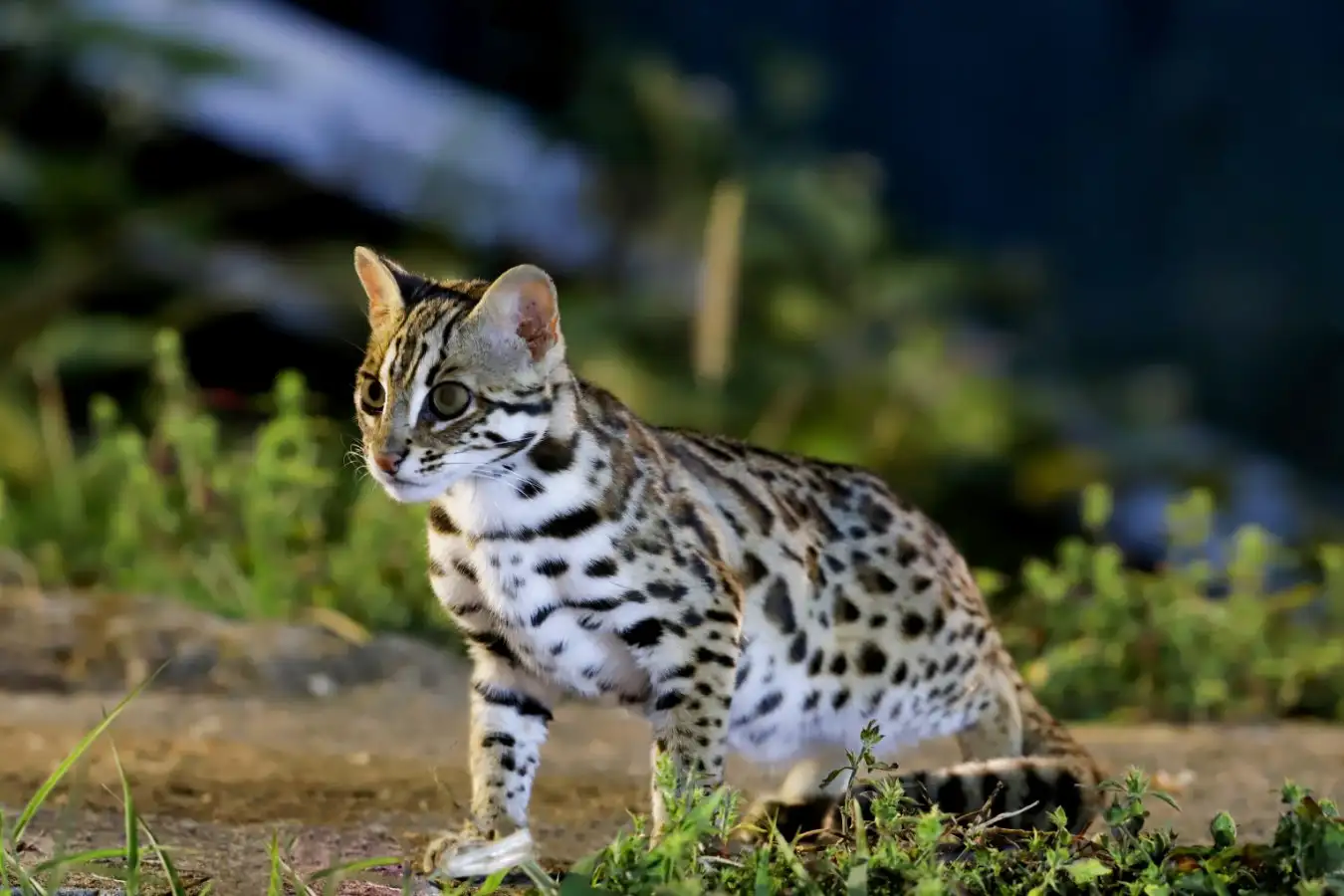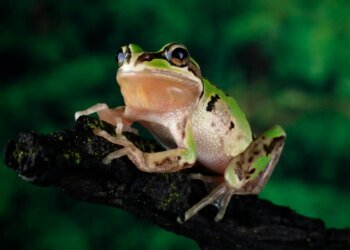
Domestic cats are descended from North African wildcats
Mariia Boiko/Alamy
Genetic evidence has revealed that domestic cats originated in North Africa and spread to Europe and East Asia in the past 2000 years, more recently than previously thought.
Domestic cats (Felis catus) are descended from the African wildcat (Felis lybica lybica) and today they are found on every continent except Antarctica.
Previous research has suggested that domestic cats originated in the Levant and may have arrived in Europe as early as 9600 BC.
Claudio Ottoni at the University of Rome Tor Vergata in Italy and his colleagues studied 225 ancient cat specimens from nearly 100 archaeological sites in Europe and what is now Turkey. From these, they obtained 70 ancient genomes, spanning a period of more than 10 millennia from the ninth millennium BC to the 19th century AD. They also obtained 17 genomes of museum specimens and present-day wildcats from Italy, Bulgaria, Morocco and Tunisia.
The earliest cat the team genetically identified as an African wildcat or a domestic cat was a specimen from Sardinia, Italy, radiocarbon-dated to the second century AD. All earlier cats in Europe were genetically European wildcats (Felis silvestris).
This shows that the dispersal of domestic cats occurred much later than previously thought.
Ottoni says Mediterranean civilisations during the first millennium BC were primarily responsible for the spread of African wildcats, which involved at least two genetically distinct populations. One population probably comprised wildcats from north-west Africa that were introduced to Sardinia and founded the present-day wildcat populations on the island. The second went on to become the genetic forerunners of modern domestic cats.
“At the beginning of the domestication process, cats were probably very good at adapting to the human environment,” he says. “Their ecological plasticity made them very successful. They could thrive with humans in different conditions, urban and suburban contexts, accompanying them across long journeys, and this marked their evolutionary success.”

Leopard cats (Prionailurus bengalensis) lived alongside people in ancient China
chuchart duangdaw/Getty Images
In a second study, Shu-Jin Luo at Peking University in China and her colleagues studied 22 sets of feline remains from China, spanning a period of over 5000 years, and analysed the genomes of 130 modern and ancient Eurasian cat specimens. They were surprised to find that over 5000 years ago, a different species of cat lived closely with people: the leopard cat (Prionailurus bengalensis), a small wildcat native to East Asia.
“These cats frequented human settlements, likely drawn by rodents, but they were never truly domesticated,” says Luo.
The study found that true domestic cats arrived in China much later, around 1300 years ago during the Tang Dynasty. Genomic evidence links them to cats from the Middle East and Central Asia, suggesting they were introduced to China along the Silk Road by traders.
Despite a long-lasting commensal relationship lasting more than 3500 years, leopard cats ultimately never became domesticated and returned to their natural habitats, says Luo.
“I often get curious questions from the public about whether these cute leopard cats could be kept as pets, especially if raised from a kitten,” she says. “My answer is simple: don’t bother. Our ancestors tried it for over 3000 years, and they failed.”

Scientific pioneers of the ancient world, Cairo and Alexandria: Egypt
Embark on an unforgettable journey through Egypt’s two most iconic cities, Cairo and Alexandria, where ancient history meets modern charm.
Topics:
Source link : https://www.newscientist.com/article/2506054-origin-story-of-domestic-cats-rewritten-by-genetic-analysis/?utm_campaign=RSS%7CNSNS&utm_source=NSNS&utm_medium=RSS&utm_content=home
Author :
Publish date : 2025-11-27 19:00:00
Copyright for syndicated content belongs to the linked Source.






